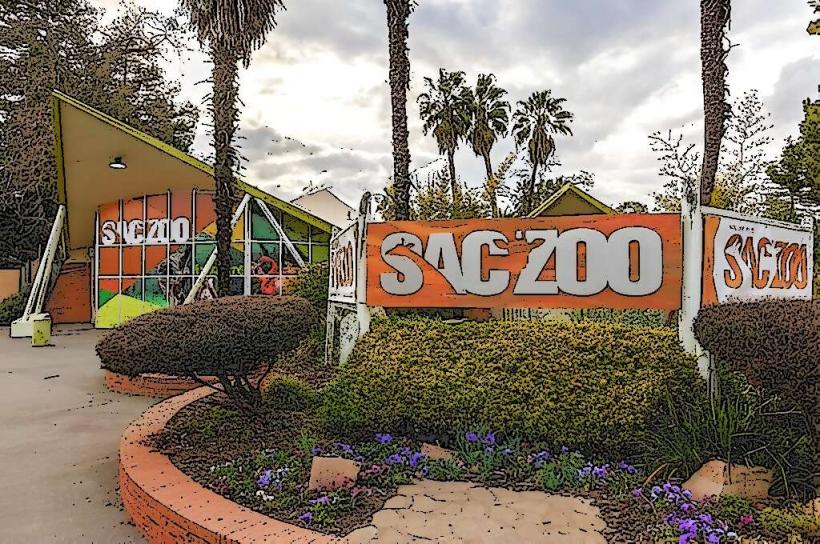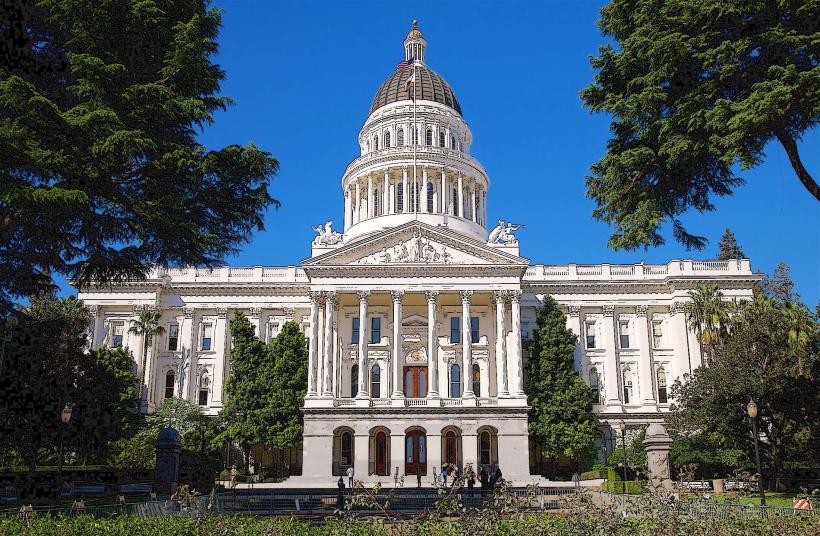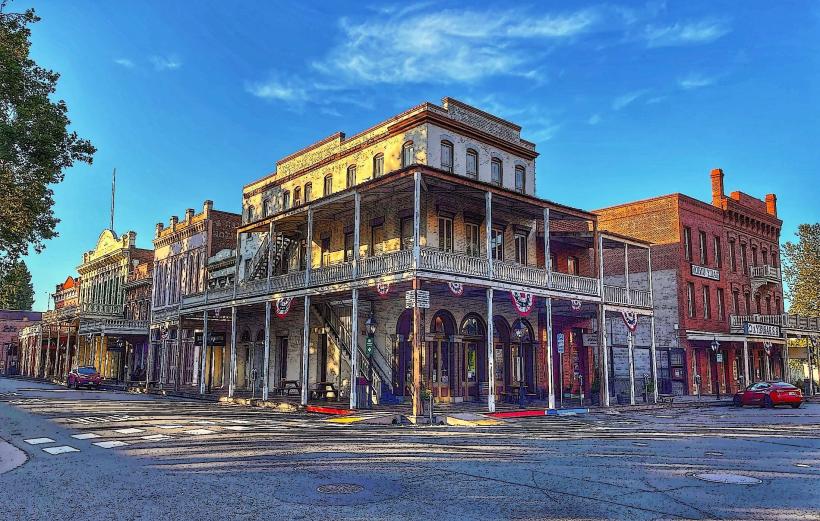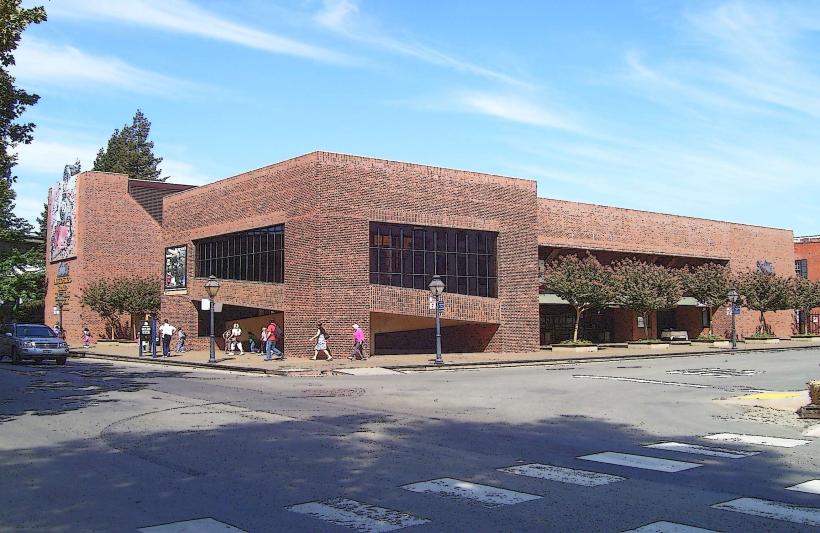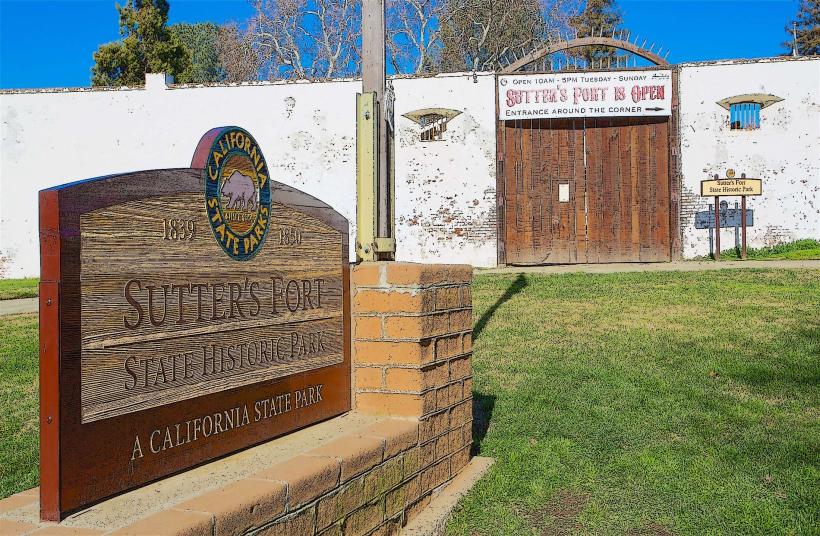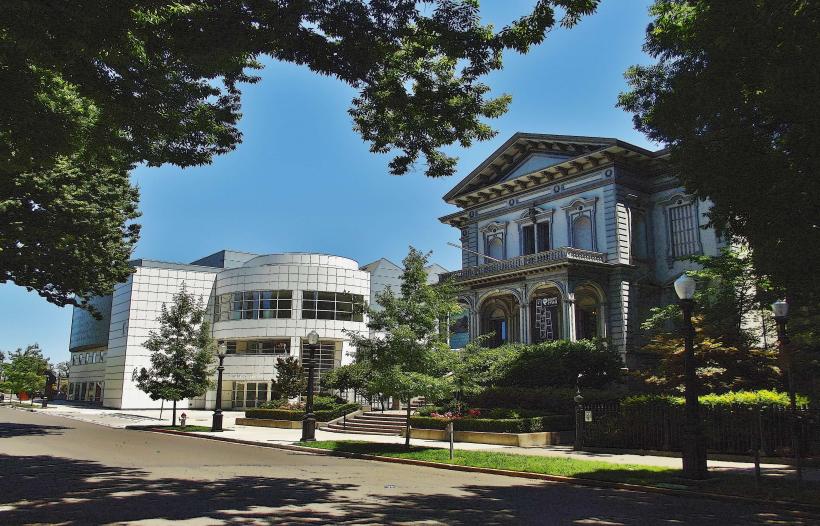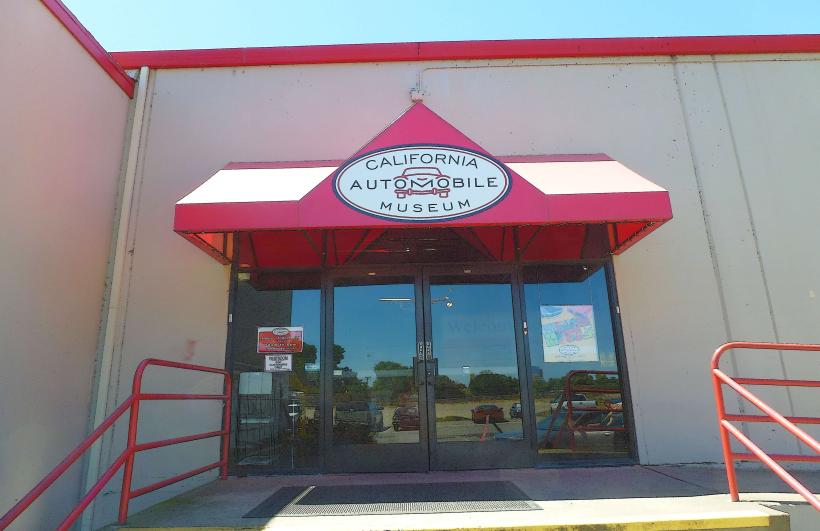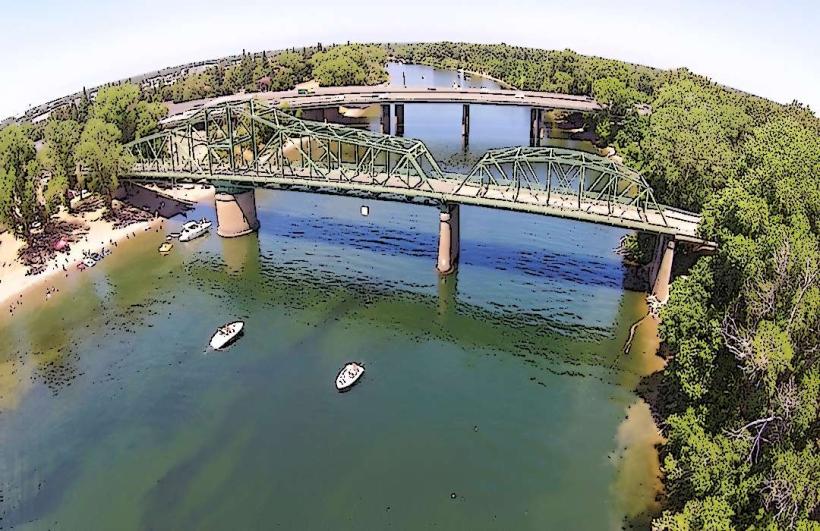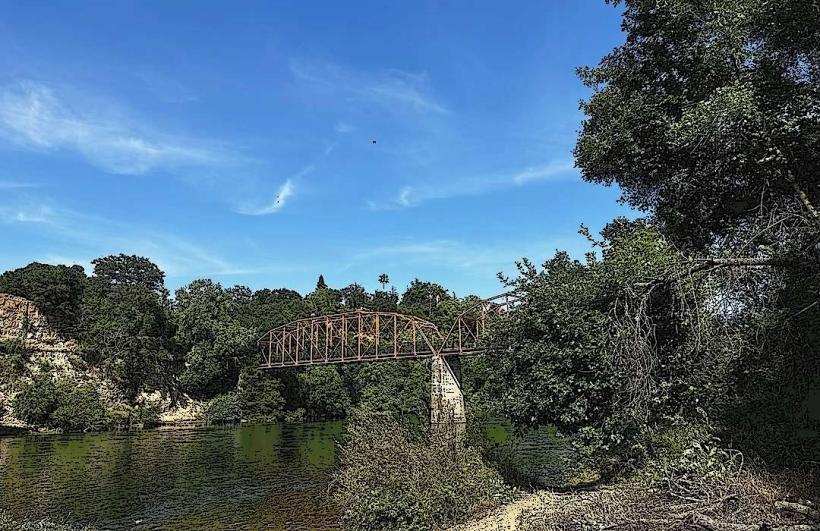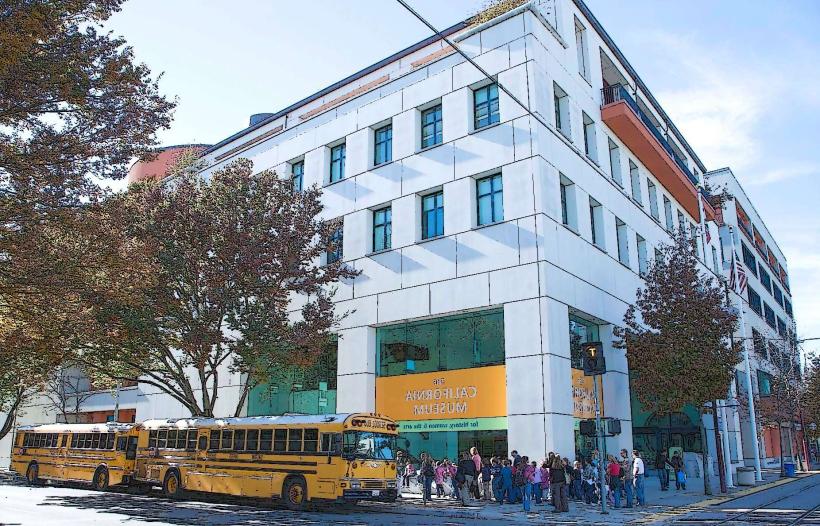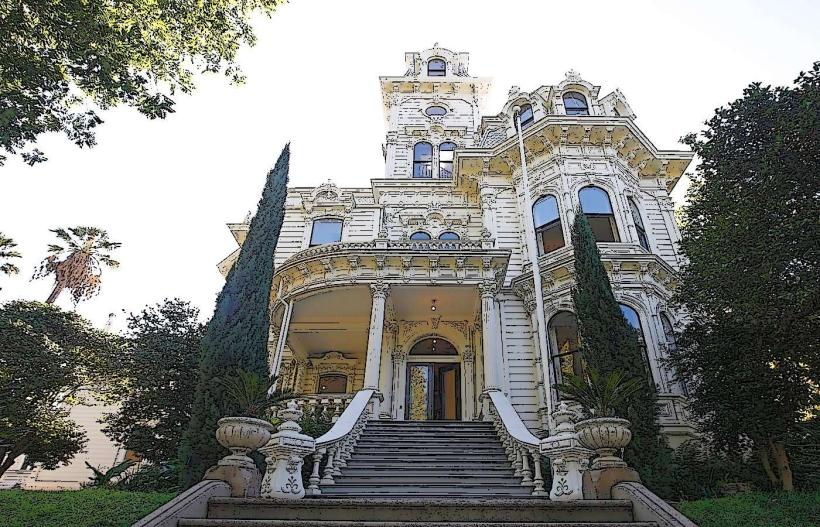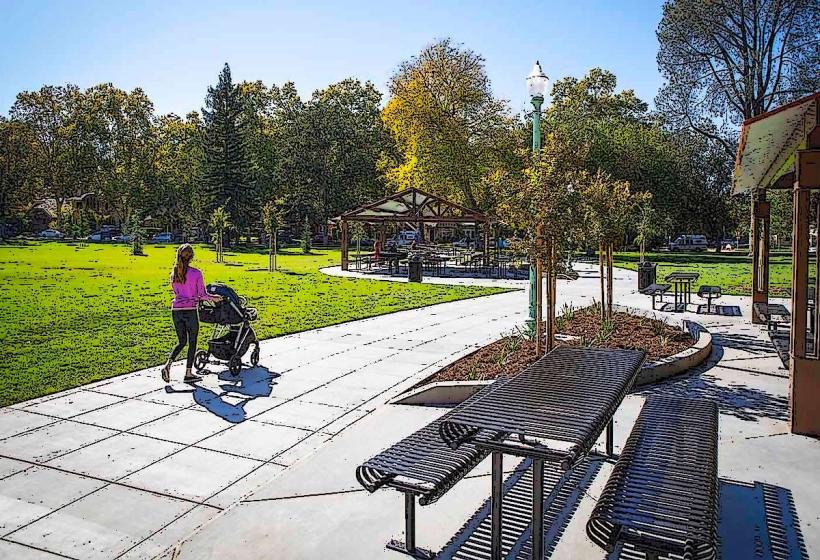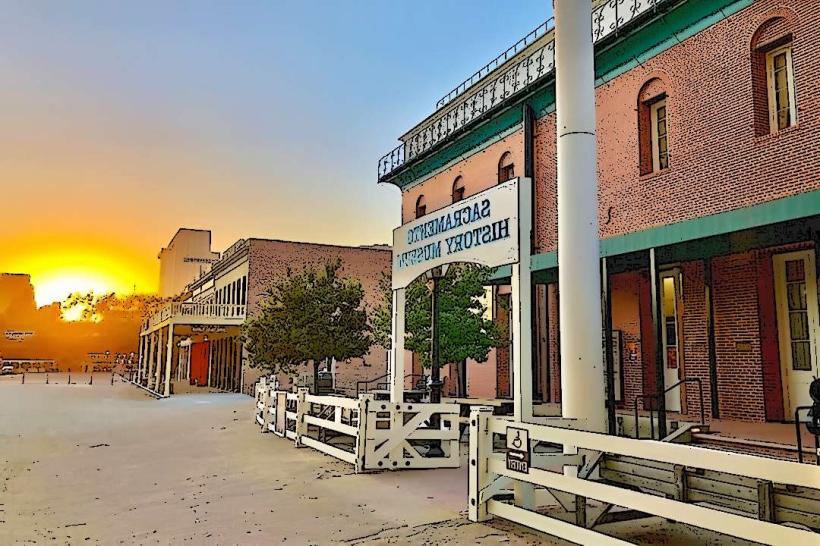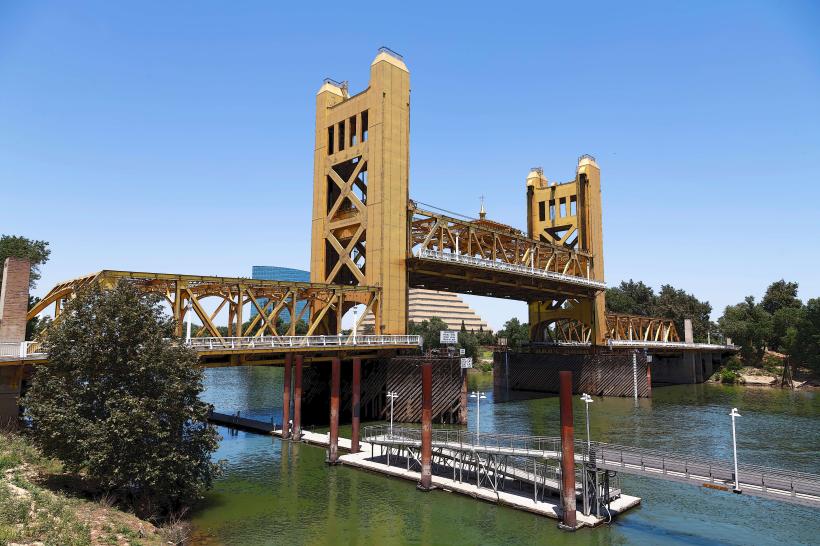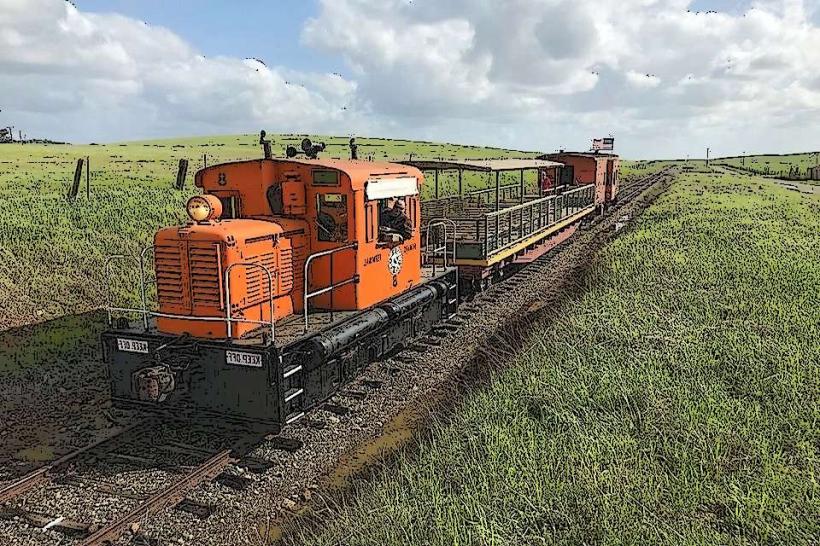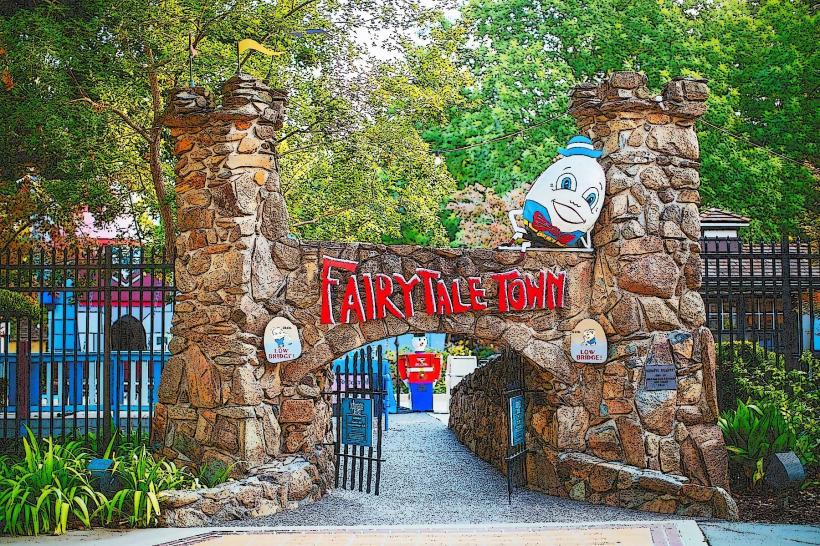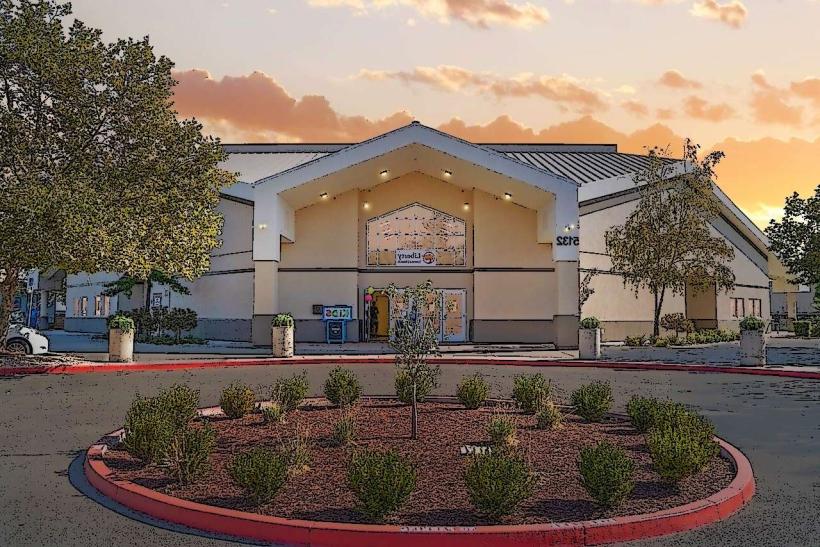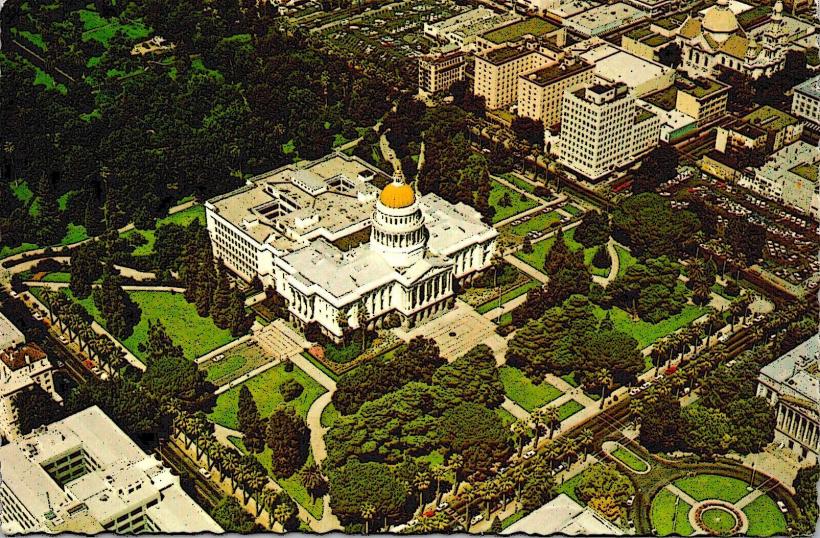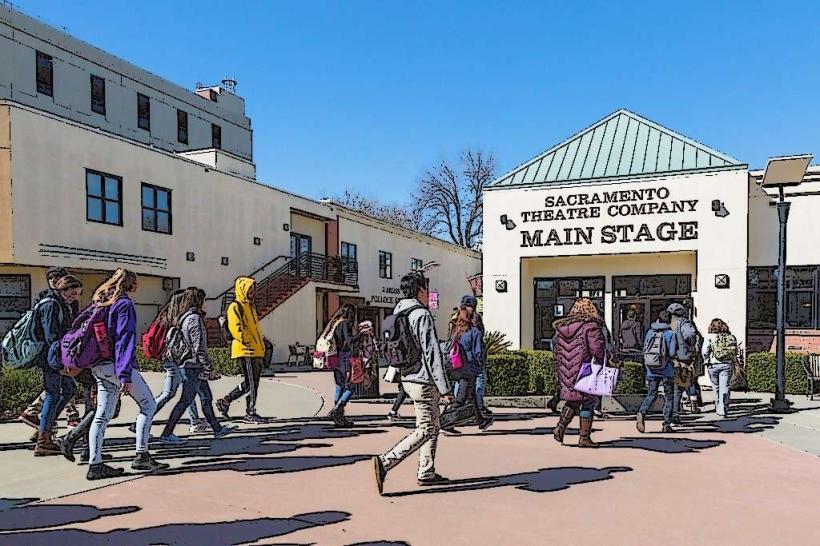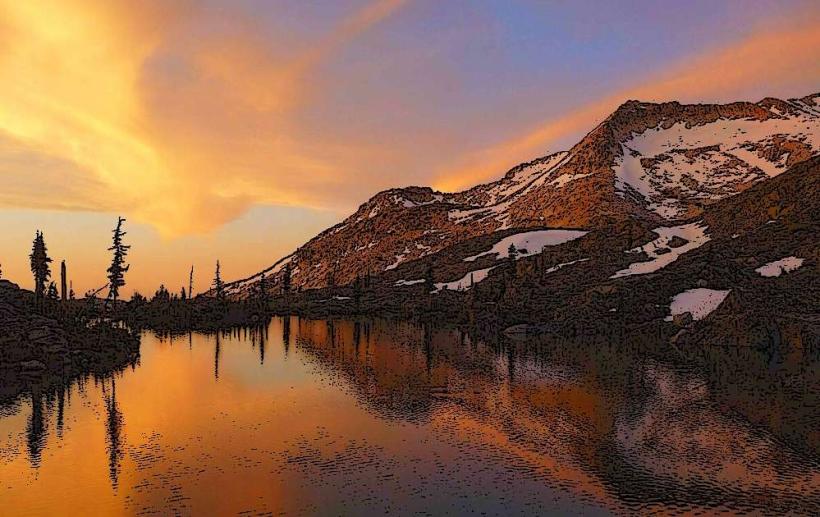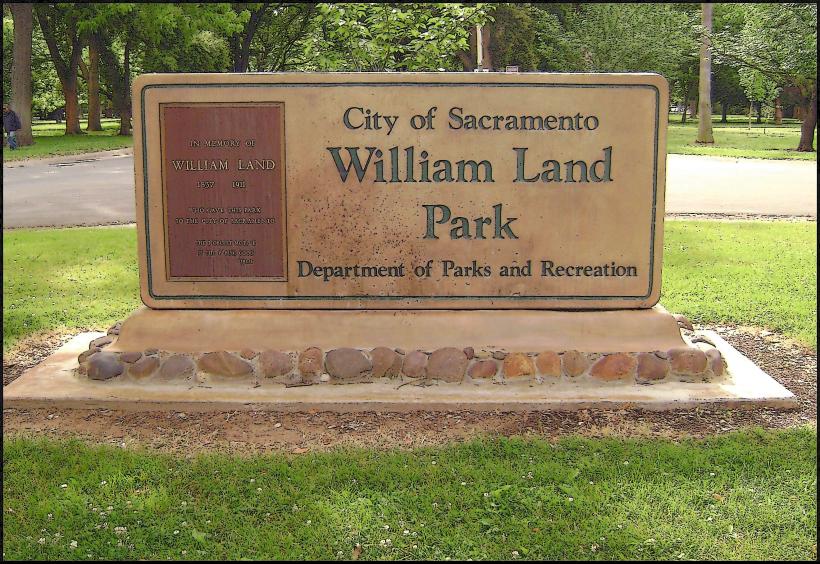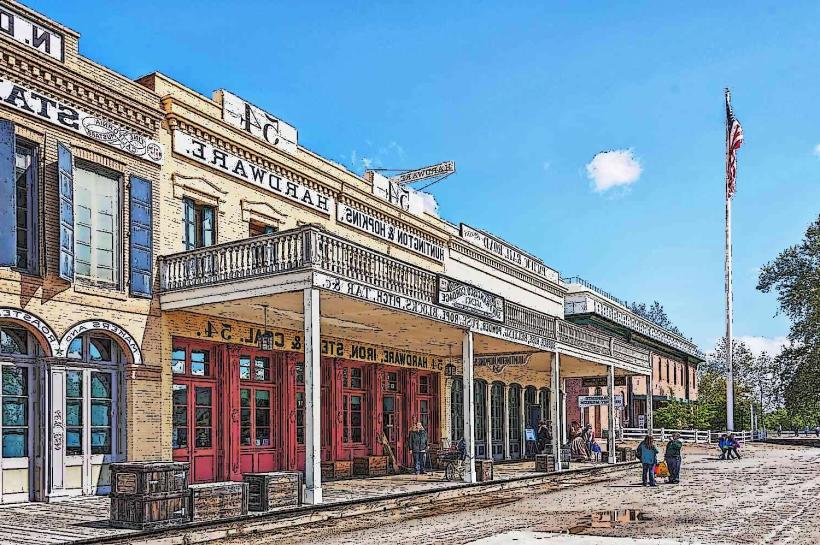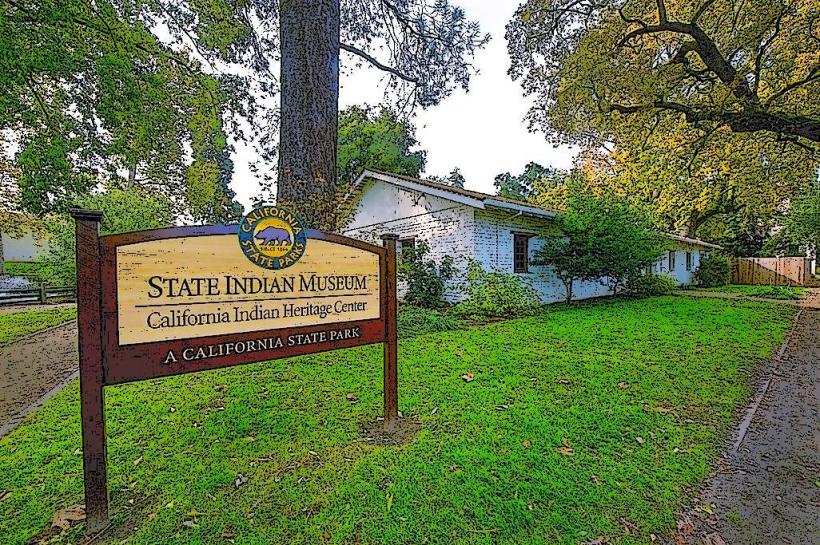Information
Landmark: Folsom Lake State Recreation AreaCity: Sacramento
Country: USA California
Continent: North America
Folsom Lake State Recreation Area, Sacramento, USA California, North America
Folsom Lake State Recreation Area is a large, multi-use park centered around Folsom Lake and Lake Natoma, located in the Sierra Nevada foothills northeast of Sacramento, California. It spans over 19,500 acres and is one of the most popular state recreation areas in Northern California. Managed by California State Parks, it offers a wide range of outdoor activities and is known for its historical relevance, natural beauty, and year-round recreational appeal.
1. Geographical Overview
Location: 25 miles northeast of Sacramento in Placer, El Dorado, and Sacramento counties.
Bodies of Water:
Folsom Lake: Created by Folsom Dam on the American River in 1955, it is a major reservoir for flood control, water supply, and recreation.
Lake Natoma: A smaller, downstream lake formed by Nimbus Dam, with calmer waters ideal for non-motorized watercraft.
2. Recreational Activities
Water Activities on Folsom Lake
Boating: Permitted for all types of boats, including powerboats, jet skis, and sailboats. There are five main boat launch areas: Granite Bay, Beals Point, Folsom Point, Brown’s Ravine, and Peninsula Campground.
Swimming: Popular swimming beaches at Granite Bay and Beals Point offer lifeguards during summer months.
Fishing: Anglers can catch trout, catfish, largemouth and smallmouth bass, and kokanee salmon. California fishing licenses are required.
Water skiing and wakeboarding: Common during spring through fall when lake levels allow.
Water Activities on Lake Natoma
Calm water: 5 mph speed limit makes it ideal for rowing, kayaking, canoeing, and paddleboarding.
Sacramento State Aquatic Center: Located on Lake Natoma, offers boat rentals, lessons, and youth programs.
3. Land-Based Recreation
Hiking and Biking
Over 95 miles of trails traverse the recreation area, offering views of the lake, oak woodlands, and foothill terrain.
Pioneer Express Trail: Runs along the western shoreline from Folsom Dam to Granite Bay.
Darrington Trail: Rougher terrain, used by mountain bikers.
Johnny Cash Trail: A paved bike/pedestrian path in Folsom connecting with the American River Parkway; features public art dedicated to Johnny Cash.
Avery's Pond Trail: A quieter trail in the northeast area, suitable for wildlife viewing and nature walks.
Cycling
Both casual and competitive cyclists use the area’s paved trails.
Trails connect to the American River Bike Trail, a 32-mile paved route from Sacramento to Folsom.
Horseback Riding
Designated equestrian trails and staging areas, especially near the Granite Bay entrance.
Horseback riding is permitted on many multi-use dirt trails.
Camping
Beals Point Campground: Year-round access, accommodates tents and RVs, with showers and restrooms.
Peninsula Campground: More remote, located on the east side of the lake; popular for a quiet, nature-focused experience.
Negro Bar Campground (Lake Natoma): Offers group camping and proximity to rowing events and bike trails.
Picnicking
Numerous picnic areas are equipped with tables, shade, barbecues, and restrooms.
Group picnic areas at Granite Bay and Beals Point can be reserved in advance.
4. Historical Significance
Gold Rush Ties: The area was heavily mined during the mid-1800s California Gold Rush. Evidence of mining ditches and equipment can still be seen.
Folsom Powerhouse: Located on the south shore of Lake Natoma, this National Historic Landmark was one of the first hydroelectric facilities to supply electricity long-distance—powering Sacramento from 1895 to 1952.
5. Flora and Fauna
Vegetation
The terrain includes oak woodlands, chaparral, and grasslands.
Native plants include blue oaks, valley oaks, manzanita, toyon, and seasonal wildflowers like lupines and poppies.
Wildlife
Common animals: deer, coyotes, bobcats, gray foxes, rabbits, ground squirrels, and opossums.
Birds: hawks, owls, egrets, herons, wild turkeys, and various songbirds.
Reptiles and amphibians: Western fence lizards, gopher snakes, rattlesnakes, bullfrogs.
6. Facilities and Access
Entrances:
Granite Bay: The most developed area; swimming beach, boat launch, equestrian access.
Beals Point: Near the dam; swimming, camping, and cycling access.
Folsom Point: South side; picnic areas, boating.
Brown’s Ravine: Full-service marina and boat rentals.
Peninsula: Remote camping and boating access.
Willow Creek (Lake Natoma): Trails and water access for non-motorized craft.
Restrooms: Available throughout the park, including accessible facilities.
Parking: Day-use parking fees required. Annual passes are accepted.
Pets: Allowed on leash in most areas; not allowed on designated swim beaches.
Accessibility: Many trails, campgrounds, and picnic areas are ADA-accessible.
7. Events and Programs
Triathlons and Races: Regularly hosted, including running, biking, and swimming events.
Rowing Competitions: Lake Natoma hosts collegiate and national rowing championships.
Interpretive Programs: Offered seasonally, including ranger talks, guided hikes, and historical site tours.
8. Climate and Best Time to Visit
Spring and Fall: Ideal for hiking, biking, and wildflower viewing.
Summer: High temperatures (often exceeding 90°F), best for water activities.
Winter: Cooler and less crowded; limited services at some facilities.
9. Safety and Regulations
Water Levels: Can fluctuate due to drought or dam management; check before visiting for boating or swimming.
Fire Restrictions: Often in effect during dry months; charcoal and wood fires may be prohibited.
Wildlife Safety: Avoid feeding animals; be cautious of snakes and ticks.
Trail Etiquette: Cyclists yield to hikers and equestrians; dogs must be leashed.
In summary, Folsom Lake State Recreation Area is a highly diverse and accessible outdoor destination offering everything from high-energy water sports to quiet nature observation, all set within a landscape steeped in Gold Rush history and California's natural heritage.

